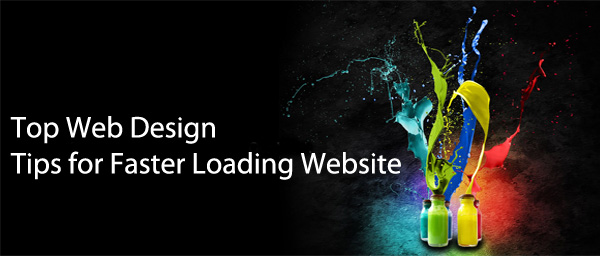In today’s fast-paced digital world, having a website that loads quickly is crucial for retaining online customers who are known for their impatience. Websites that load in less than four seconds are more likely to retain visitors, enhancing customer satisfaction and boosting revenue. Here are some essential web design tips to ensure your website loads swiftly:
1. Lighten Your Website: The main culprit behind slow loading times is often heavy web pages. Reduce the size of your pages by eliminating unnecessary content, images, and videos. Utilizing a Content Delivery Network (CDN) can also enhance speed by caching content and serving it from locations closer to users worldwide.
2. Compress Your Web Pages: Compression reduces the size of your web pages, making them load faster. Implement GZIP compression, which is supported by popular web servers like Apache and IIS, to minimize the data that needs to be sent over the internet.
3. Opt for Multiple Pages Over Long Scrolls: Dividing content across multiple pages instead of one long page can significantly decrease loading time. This approach also makes navigation easier for users, as they can quickly find the information they need without scrolling excessively.
4. Keep Coding Clean: Simplified and clean coding is preferred by search engines and can enhance your site’s SEO performance. Ensure that your HTML, CSS, and JavaScript are streamlined and that images are optimized for the web. Keeping code clean not only speeds up loading times but also improves overall site performance.
5. Minimize White Space: While white space can make a website design appear more elegant, excessive use can increase page size and loading times. Optimize the use of white space and remove any unnecessary padding in your HTML to tighten the code and improve load speeds.
6. Optimize Images: Images are crucial for user engagement but can slow down your site if not properly optimized. Ensure all images are compressed and in the appropriate format:
- Scalable Vector Graphics (.SVG)
- Portable Network Graphics (.PNG)
- Graphic Interchange Format (.GIF)
- WebP (.WEBP)
- Joint Photographic Experts Group (.JPEG or .JPG)
7. Evaluate Your Plugins: Plugins can enhance functionality but too many can bloat your website and slow it down. Regularly review and update your plugins. Remove any that are unnecessary or outdated to keep your site functioning efficiently.
Fast loading times are essential for a positive user experience and successful online presence. By implementing these web design tips, you can ensure your website not only attracts visitors but also provides them with a quick and satisfying browsing experience.





